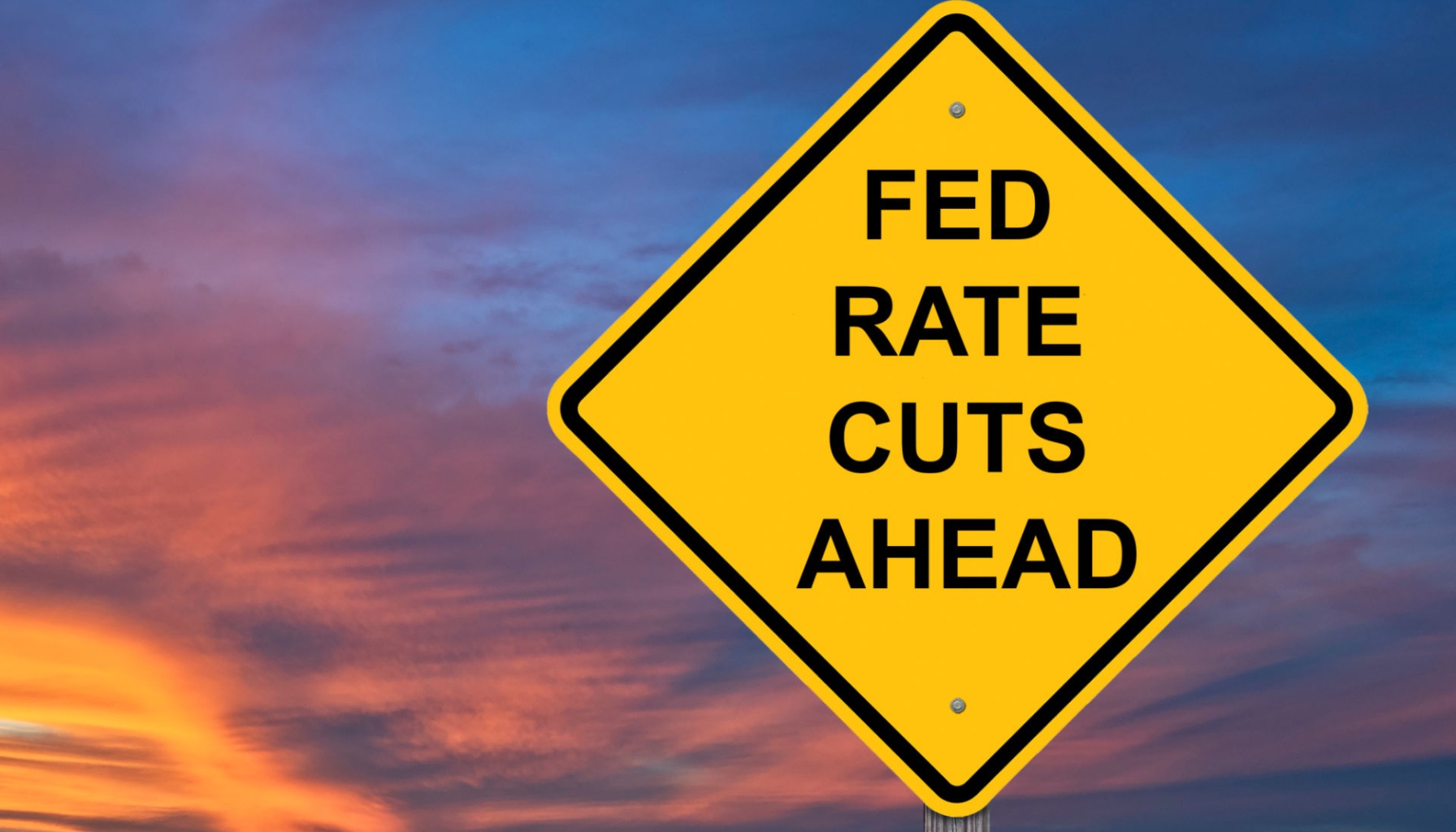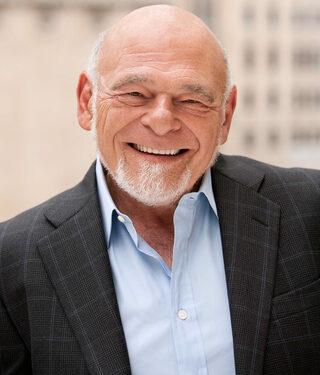I
n his highly anticipated August 22, 2025, Jackson Hole speech, Federal Reserve Chairman Jerome Powell hinted at potential rate cuts, acknowledging a shift in economic risks. However, he emphasized that the exact timing remains uncertain, leaving markets waiting for more data. This cautious approach is characteristic of Powell's data-dependent stance, which prioritizes economic conditions over fixed timelines.
The annual Economic Policy Symposium in Jackson Hole, Wyoming, serves as a crucial platform for the Federal Reserve to communicate its policy intentions. As the temporary capital of the financial world, it brings together central bankers, economists, and policymakers from around the globe. Powell's speech was seen as a strong signal that the wind might be changing direction, despite not being a firm promise.
Powell highlighted a shifting economic balance, with the labor market cooling down while inflation remains stubbornly above the Fed's 2% target. The July jobs report showed weaker-than-expected numbers, and previous months' revisions suggest a more pronounced slowdown. This trend is concerning, as it often precedes an economic downturn. On the other hand, President Trump's tariffs are adding uncertainty to the inflation fight.
The dual mandate of keeping prices stable and promoting maximum employment is under immense pressure. Powell acknowledged this difficulty, stating that "the balance of risks appears to be shifting." This phrase indicates a potential pivot in monetary policy, suggesting that the current restrictive stance might need to change. Despite the clear signal, Powell avoided committing to a specific timeline for rate cuts.
The market's enthusiastic reaction to Powell's speech was evident in the stock market rally, with the S&P 500 climbing 1.6%, and the Dow Jones Industrial Average gaining 2%. Investors interpreted his comments as dovish-leaning, indicating a strong hint that a rate cut is on the horizon, likely in September. The two-year Treasury yield dropped nearly 10 basis points to 3.69%, and the 10-year Treasury yield fell to 4.27%.
Powell also used his speech to discuss the revised "Statement on Longer-Run Goals and Monetary Policy Strategy," which moves away from the 2020 flexible average inflation targeting approach. The new framework emphasizes adaptability to rapid economic changes, a lesson learned from the pandemic era. Powell's emphasis on independence is crucial, as it allows the Fed to make tough decisions based solely on economic data without political interference.
The upcoming economic data, particularly the August jobs report and core PCE inflation, will be critical in determining the Fed's next move. A weaker labor market could push for a 50-bps reduction, while stubborn inflation might lead the Fed to hold rates steady or surprise markets with a delay. Smart investors are acting now to position their portfolios ahead of the Fed's next decision.
The Federal Reserve's next rate decision will shape real estate returns through the rest of 2025. Whether or not a rate cut happens, smart investors are securing cash-flowing properties in stable markets to shield their investments from volatility and interest rate swings.















